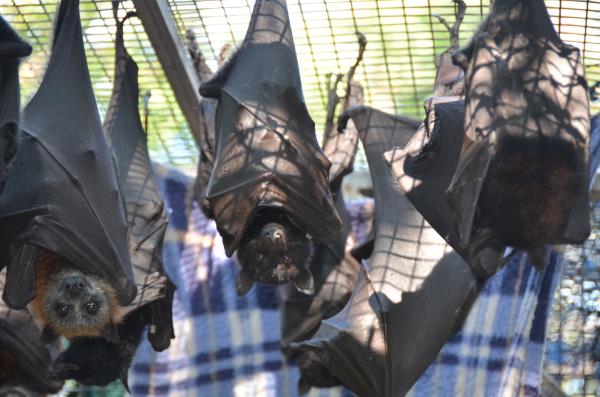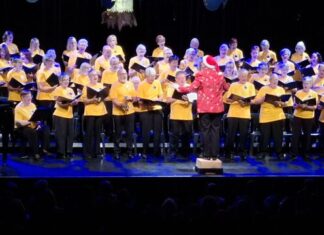
By JONATHON HOWARD
ATTEMPTS to disperse the Wallace Park flying-fox colony could create new and greater problems for residents, says Noosa councillor Tony Wellington, who has sought to ease public concerns as Noosa Council throws out the idea of shifting the flying-fox colony.
Cr Wellington was asked to present Noosa Council CEO Brett De Chastel, with a petition calling for the dispersal and relocation of the Wallace Park flying-fox colony.
The petition carried the names of more than 421 signatures and although no speech was permitted during council’s ordinary meeting, the petition will be considered by Mr De Chastel.
Meanwhile, Cr Wellington said moving a flying fox colony was no simple matter.
“Any dispersal attempts must adhere to a code of practice for flying-fox management under the Nature Conservation Act,” he said.
“Past experience shows that dispersal attempts are often unsuccessful and can end up creating new problems.
“One analysis of attempts to relocate camps in 10 different locales showed that in the majority of cases the original camps were re-established. Not only that, but new problematic camps were often created, generally within a distance of less than half a kilometre from the original site.”
Cr Wellington used the example of Maclean in northern NSW, where $400,000 was spent during many years in an attempt to move a long-standing colony.
“In the end the animals continued to return to the original site,” he said.
“What’s more, they established seven new problematic sites. The conclusion drawn by researchers was: ‘The outcome after nearly a decade of dispersal attempts at Maclean was that … the number of affected residents experiencing conflict had increased’.”
Cr Wellington also emphasised the vast loss and human impact imposed on Australia’s greatest pollinator and protected species.
“Although they may appear to be plentiful where they congregate to roost, in fact their numbers have reduced considerably due to habitat loss and their overall survival is not assured,” he said.
“The grey-headed flying-fox is listed as “vulnerable”. This is the species that currently dominates the colony at Wallace Park.”
Cr Wellington has now called on residents to be patient as well as emphasising the low-level health risk.
“It is currently estimated to contain around 6000 animals, far less than the 30,000 that were present at the beginning of June,” he said.
“Having visited the Wallace Park colony site and spoken with neighbours I am aware that this flying-fox camp has been causing distress for some residents because of the noise, odour and droppings.
“It’s important to note, however, that there are no identified health implications for people living near flying-fox camps. There is no record of disease being transmitted through their droppings or urine.
“Hendra virus cannot be transmitted directly from bats to humans, and Australian Bat Lyssavirus can only be contracted as a result of being bitten or scratched. Clearly people should not handle any bats, either small microbats or the larger flying-foxes.”
Noosa Council is preparing a flying-fox fact sheet that will be distributed to residents living near Wallace Park, but Councillors have already voted in favour of leaving the flying-fox colony alone.
Give us your thoughts: Do you think attempts to move the Wallace Park flying fox colony would fail?






